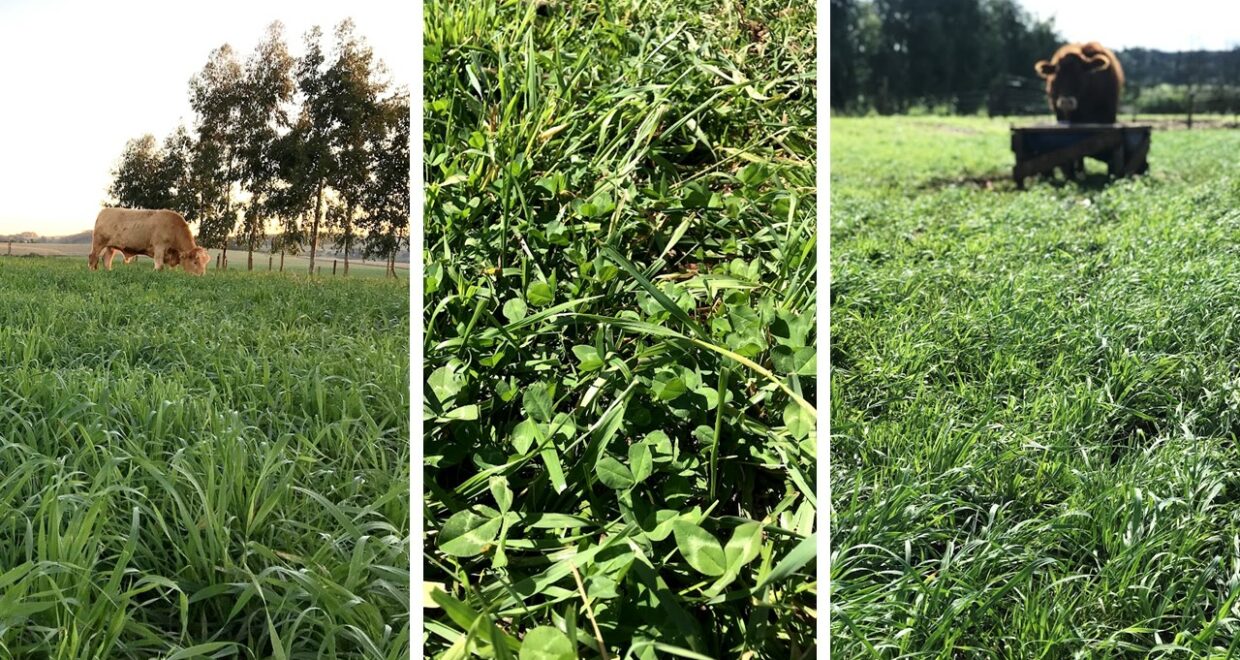Energy supplementation of beef steers or inclusion of legumes in temperate pastures in crop-livestock integration area
The paper “Energy supplementation of beef steers or inclusion of legumes in temperate pastures in crop-livestock integration area“, published in The Journal of Agricultural Science, has been chosen as the latest Editorial Highlight and is freely available to download for one month.
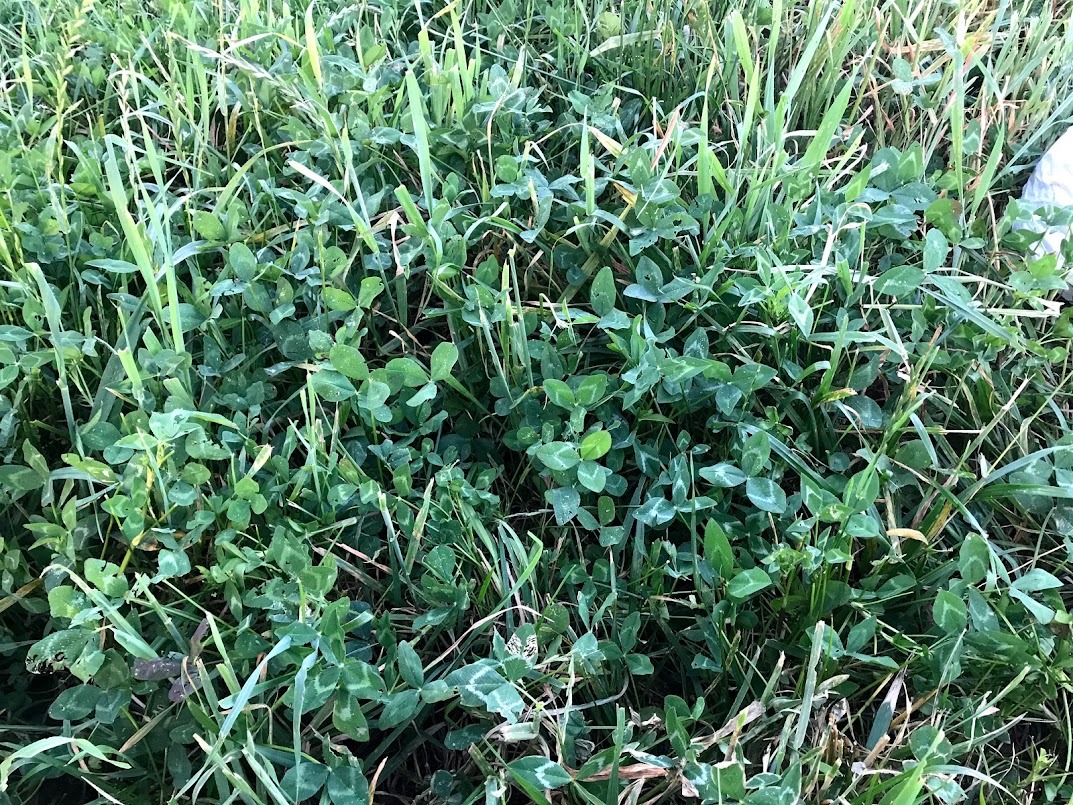
The intensification of production systems has become essential, as the profit margin in beef cattle farming has been steadily decreasing, requiring producers to be more efficient in conducting their livestock projects. On the other hand, the consumer market increasingly demands more sustainable products, necessitating better land use for animal production.In this context, integrated production systems have emerged as an alternative, aiming to increase productivity per area and diversify products by producing grains and pasture for animals. In the south of Brazil, the use of temperate grasses such as oats and ryegrass is already a reality due to the climatic conditions during the winter period.
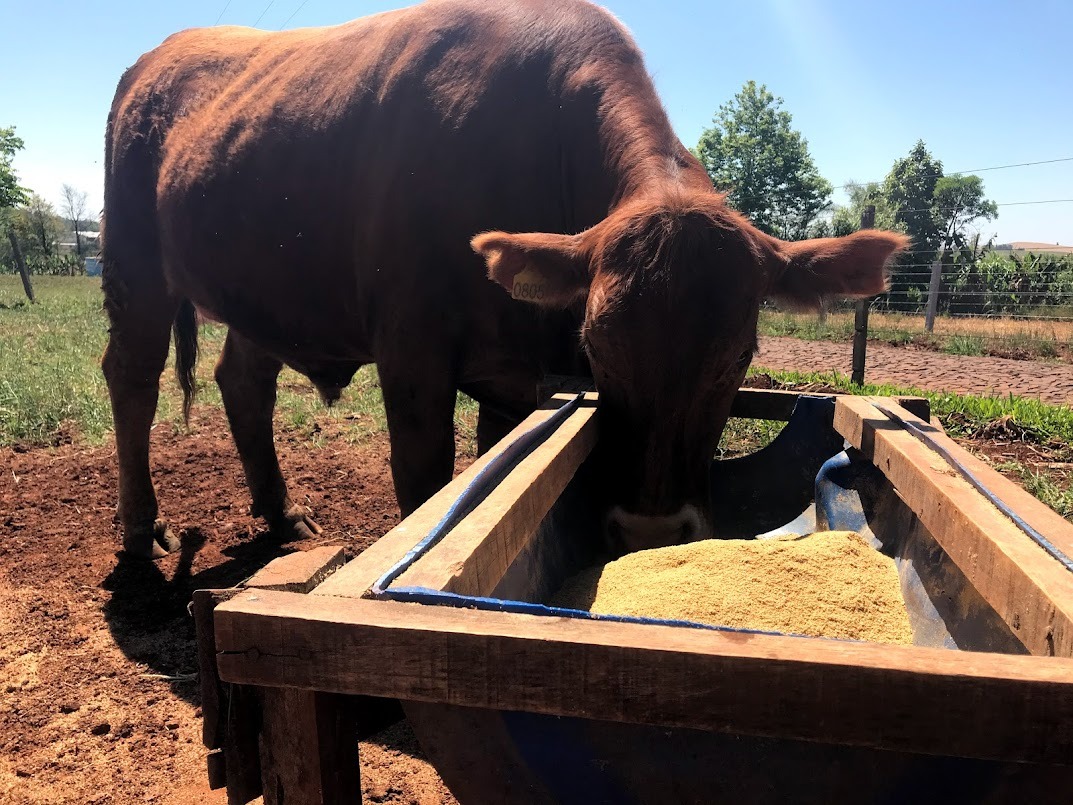
Under these conditions, it is possible to use technologies such as the inclusion of legumes and energy supplementation to increase productivity per area and benefit the system as a whole. In this sense, the objective of this study was to evaluate the effects of energy supplementation or the mixing of legumes in oat and ryegrass pasture in a crop-livestock integration system on the performance and carcass characteristics of beef steers. Incorporating legumes into production systems increases the quality of forage produced due to the higher crude protein content, and it also makes it possible to fix atmospheric nitrogen in the soil, promoting ecosystem services.
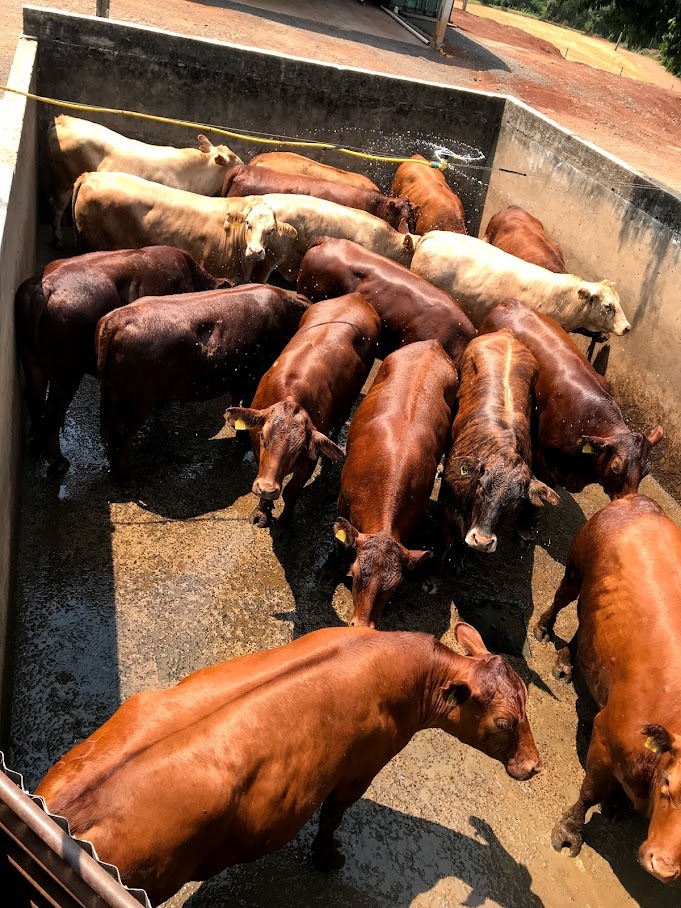
Our study observed that including legumes resulted in a lower proportion of stem and inflorescence in pasture and a higher leaf-to-stalk ratio than energy supplementation treatment. Regarding energy supplementation at the level used in this work, we observed a substitutive effect on pasture consumption, which can increase animal productivity. This study found that the daily live weight gain per area did not differ between supplementation and legume treatments. However, the supplementation treatment increased BW.ha.day-1 by 28% compared to the control treatment and 10.3% compared to the legume treatment. Fat thickness did not differ between treatments, but the fat percentage in the carcass was 22% higher for the supplemented steers than for those that only grazed on oats and ryegrass.
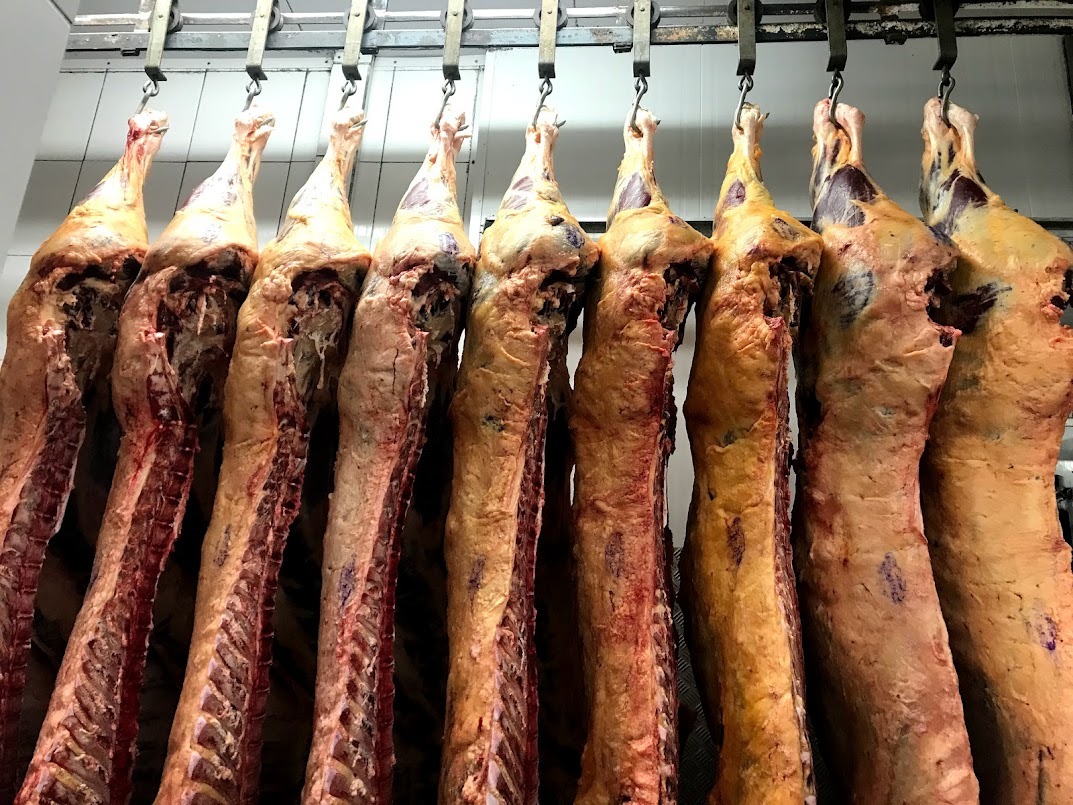
Although the introduction of legumes into the pasture did not affect aspects related to the pasture’s carrying capacity or the performance, carcass, and meat characteristics, when working in a crop-livestock integration system, one must consider the system as a whole. The presence of legumes in the system improves the productivity of the successor crop due to greater biological nitrogen fixation. Therefore, systems integrating animals grazing grasses and legumes with grain production must be increasingly studied.
The Journal of Agricultural Science Editorial Highlights are selected by the Editor-in-Chief and are freely available for one month. View the recent selections here.
